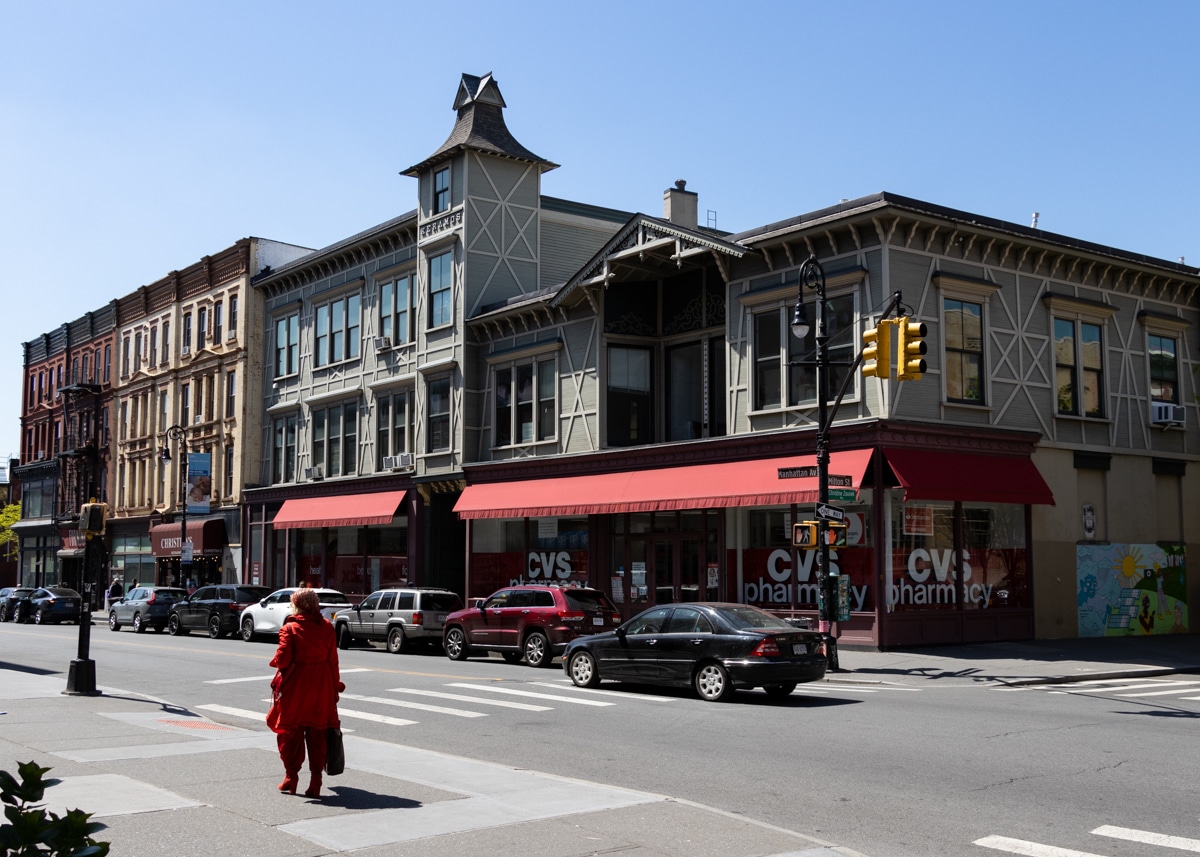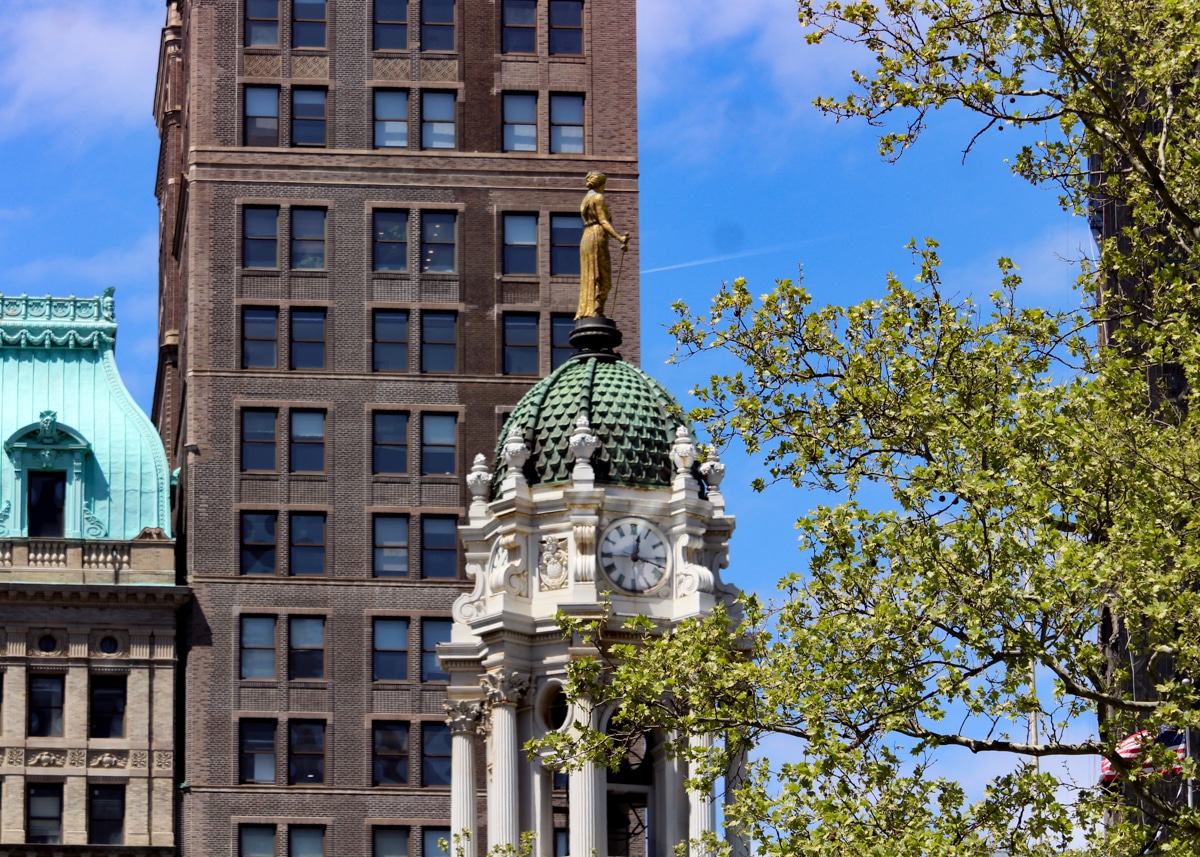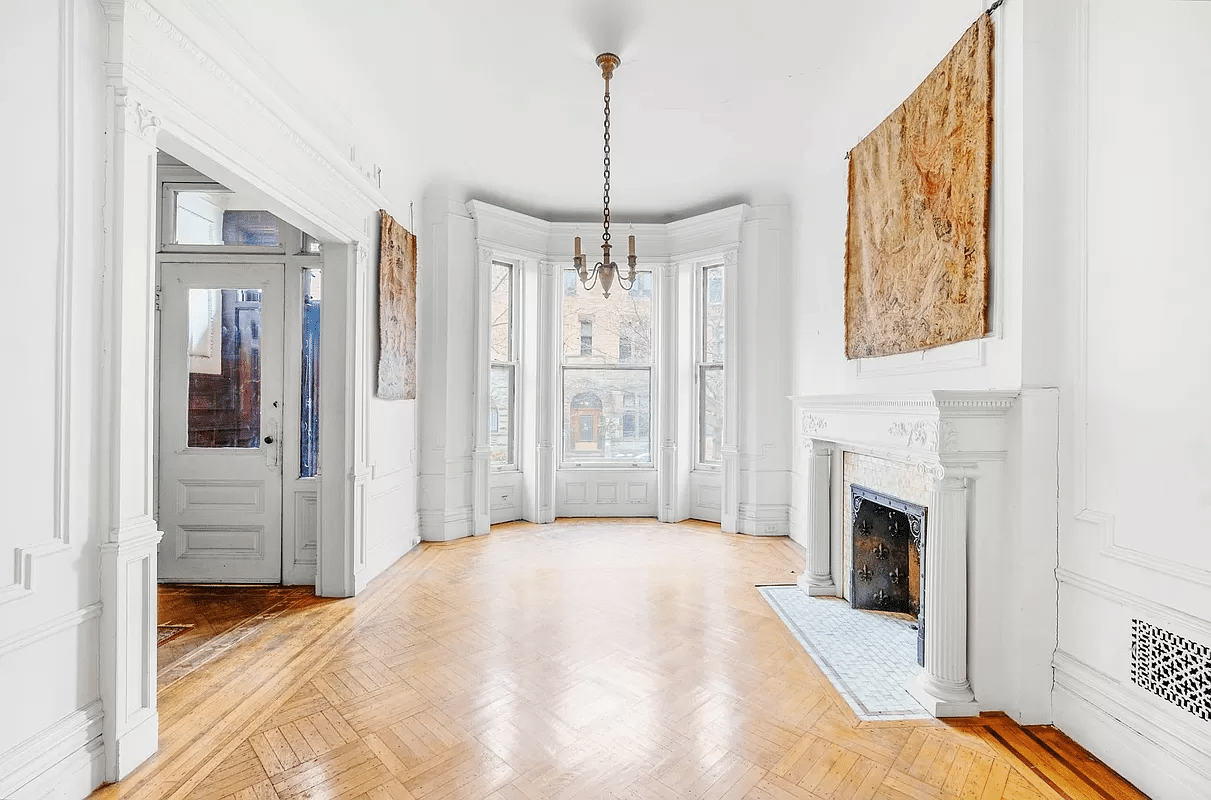DoBro Redevelopment Not So Great for Everyone
Not everybody is profiting off the Downtown Brooklyn boom, according to a recent report. Families United for Racial and Economic Equality (FUREE) and the Urban Justice Center conducted surveys of 61 small businesses in Downtown Brooklyn over the past year and found 35 have since moved or gone under. Many of the closures were attributed…

Not everybody is profiting off the Downtown Brooklyn boom, according to a recent report. Families United for Racial and Economic Equality (FUREE) and the Urban Justice Center conducted surveys of 61 small businesses in Downtown Brooklyn over the past year and found 35 have since moved or gone under. Many of the closures were attributed to four large projects &mdash City Point, Al Laboz’s planned Willoughby West tower, Stahl Real Estate’s 50-story office tower, and the planned Willoughby Square Park &mdash and the decrease in daytime business as office towers were emptied for residential development. Three-quarters of the owners surveyed are immigrants, 64 percent non-white, and 23 percent women.
The report, “Out of Business,” points out that Fulton Mall was already one of the city’s most successful retail corridors with 100,000 daily shoppers and $100 million in annual sales. In fact, a prominent local broker explained to us that Fulton Mall’s retail space is so lucrative that landlords actually removed stairwells and elevators in many of the buildings to create more ground-floor space, which now rents at between $150 and $300 per square foot (we were wondering why all the unsightly boarded-up windows). He said residential and low-end office tenants who would have rented out the upper levels were more troublesome and less lucrative, so landlords simply boarded up the windows and stopped maintaining those floors. FUREE co-director Ilana Berger suggested landlords re-open that less expensive space to small business owners, many who had already been paying prime ground-floor rates, as one way to maintain Fulton Mall’s diversity. But she acknowledged that after decades of neglect, renovation would be costly. Berger said she also tried to meet with the City Point developers to help secure space for displaced and aspiring small businesses owners in the tower’s 500,000 square feet of planned retail, but was met with disinterest. Click through for stories on some of the businesses profiled in the report, and the Downtown Brooklyn Partnership’s response…
Alas, the report alludes, the new residents and office tenants the city hopes to attract don’t generally shop at the same book and apparel stores; they don’t get their hair and nails done at the same places; and they want a different crop of restaurants. And the landlords (only five of the entrepreneurs surveyed owned their store or building) want to cash in on the lucrative 2004 Downtown Brooklyn re-zoning, but in order to build towers, the existing business owners had to be kicked out. But will they be invited back?
Joe Chan, president of the Downtown Brooklyn Partnership, a public-private agency, responded with a statement: “Downtown Brooklyn is one of the fastest growing urban centers in America. The redevelopment activity in the area brings with it jobs and a permanently enhanced local economy. The Downtown Brooklyn Partnership with its BID partners work to connect small business owners with available resources and appropriate service providers.”
According to the report, many small business owners weren’t offered this assistance. Berger said the city could create a Business Relocation Assistance Corporation for Downtown Brooklyn like they have in Williamsburg-Greenpoint and other parts of the city. Displaced small businesses are provided grants that help with relocation costs such as moving heavy equipment; hiring lawyers, architects and contractors; and other costs associated with signing a new lease. Otherwise, relocation assistance is on the onus of landlords, isn’t always honored, and often involves lawyers. Here are a few businesses profiled:
- Gallery Religious Supplies owner Maisha Morales bought the business around 2001 when it was still at Albee Square Mall, and increased its daily earnings from $100 to $2,500 by 2006, according to the report. In in effort to sign a 20-year lease under previous owner Thor Equities, she spent $15,000 on lawyers, architects and contractors, then was served a nine-day eviction notice when rights to develop the building were awarded to the new owners, MacFarlane Partners and Acadia Realty Trust. She had to spend $85,000 to move and now pays three times her former rent for space on Willoughby Street.
- A & B Books owner Eric Gift, at one time the largest distributor of African American literature in the country with three stores in the Downtown Brooklyn area, may have to close his last location on Duffield Street, in the footprint of the planned Willoughby Square Park, if the city moves forward with seizing the property via eminent domain. The Lawrence Street and Atlantic Avenue locations closed down due to lack of business because of ongoing construction and changing demographics, according to the report. They first opened in 1989.
- Lawrence Street Wigs and Hats owners Joyce and Jee Kiehm ran a thriving business since 1986 by making customized wigs. They were forced out of 141 Lawrence Street because the new owner of their building, Stahl Real Estate, wants to build a 50-story tower, according to the report.
- Bagel Guys, at 102 Willoughby across from MetroTech, ran a thriving business until the Verizon building was sold and many Chase workers were relocated to New Jersey, but stuck around hoping the new BellTel residents would boost business again, according to the report. Despite being on a month-to-month lease since 2005, owner Jeff Garguilo bought out his partners with the understanding that his business would be safe for at least the next five years, then was served with a 60-day eviction notice once his landlord decided to redevelop the property. He is unemployed and unable to find affordable space within the vicinity, but is still looking.
The questions of the day are: What responsibility does the city have to ensure that these small business owners don’t fall into financial ruin in the process? And is there going to be a higher demand for the new businesses coming in than the ones already there, considering what’s available in surrounding retail corridors?
DoBro’s Average Household Income to Double? [Brownstoner]
Massive Bridge Street Tower In The Works? [Brownstoner]
Albee Square Mall Clears Out [Brooklyn Eagle]
Much of Downtown Brooklyn Is Going Out of Business [Brooklyn Eagle]
The study area:










me too, actually. I guess we just think of different realities. But I read something a few weeks ago (I wish I had saved it, but I think it was one of the Admiral’s Row threads) about transit driving development as opposed to development driven by transit. the gist of it (and I can’t guarantee I remember totally accurately) was that the mistake we’ve made is putting new development (while changing the demographics) at accessible transit hubs since that creates added pressure on already stretched resources, and force added costs into maintaining and reinforcing overburdened stations, but if transit was built first, that would guide the course of development into areas that need the development, and extend and build more transit. Putting the horse before the cart as it were, instead of the cart on top of the horse.
There are realistic, sustainable alternatives but most people just want the easiest and fastest solution of the moment and haven’t seemed that willing to consider anything else. AY is a case in point.
i’m not advocating that we live in an vacuum of capitalism but i have little patience for those arguing that development not come at the cost of displacement, while failing to offer any realistic sustainable alternative. i’m a realist, not an idealist.
Frankly I think the idea that the market forces in a capitalist economy will always result in a more efficient utilization is a great thought in an ideal world but a look at the socio-economic problems we face in this country points out how erroneous it can be. the idea profits are everything gets precedence over quality of life- except for the corporate few- and the power of corporate greed is not about efficiency or utilization- its about profit at any cost. If you think this translates into a sustainable society you are very much mistaken. What it has done is create greater division, degraded the environment, and undermined our economy because of its failure to understand the integrated, organic nature of a healthy economy and society. Sorry but there it is.
I am by no means a pinko, or even far to the left in my politics. I do believe in practical, commmonsensical solutions to problems and I don’t subscribe to the idea that capitalism only creates “benevolent” market forces translating into the most efficient or beneficial utilization of resources. The way capitalism works in this country today is more an extolling of a dog eat dog mentality where we give lip service to the real forces that made this country great- the Constitution and the Bill of Rights- all the while doing everything we can to undermine them. The far left balances the greed and selfishness of the right. After all, someone has to care.
Strangely enough, I do think capitalism is the best answer for a free society- but not this extreme form of overreaching greed.
So you may think my comments about minorities and small business are unrealistic (or I’m clueless, or have squirrels), in fact they aren’t. My viewpoint comes from a background in sociology and anthropology, not finance. And the one thing I absolutely do believe is we either stand together, or we hang together.
yes – you’re missing everything. we live in a capitalist economy – if assets are being underutilized (in this case – real estate and customer base), market forces will result in more efficient utilization. unless there is an artificial barrier in place (e.g. mob control). your rhetoric regarding minorities and small business is inspiring but unrealistic. this is why politicians on the far left can never make anything happen. all they do is rant but can never offer any realistic solutions to their concerns.
I don’t think I missed anything. Your comment was rather smug and flip and offered no insight other than a vaguely sinister “neighborhoods controlled entirely by the mob.” If anything this thread had far more substantive information from both sides of the issue that you neither recognized, nor offered any real critique of.
If as you say, in 20 years when the “area is absolutely gorgeous and generating more revenues than most urban downtown areas in the US” , then yes,of course it will become it’s own self-fulfilling prophecy, but for one demographic. On the other hand, forcing out the businesses and people who have made Fulton st. successful up to now will effectively undercut them, and contribute to the problems of minorities and those who are in lower income brackets. Neither does your post address the point of the thread- forcing change on a business district that is successful, but not “gentrified” enough for some.
So perhaps you’d like to explain more precisely?
bxgrl – rhetoric is not impressive. i make my living reading carefully. and thinking carefully. give that a try with my post and maybe you’ll understand why your response entirely misses the point.
It’s a little futile to have stop metrotech hand raisers since its already been built. As for your last comment- it’s totally ridiculous, and couched in a statement that can only be attributed to someone who really does not read carefully enough.
Twenty years from now when this area is absolutely gorgeous and generating more revenues than most urban downtown areas in the US, everyone will suddenly have been a champion of the redevelopment.
Not too many stop Metrotech hand raisers anymore …
The current economic success of the area is actually a fact that supports increased investment in redevelopment here. This report is an engaging read but is couched in an unrealistic world of economic stagnancy that only exists in neighborhoods entirely controlled by the mob.
harriet- do you have a link to that?